The Mastiff dog breed is one of the most ancient and majestic breeds known to mankind. With its impressive size, powerful build, and gentle temperament, the Mastiff has captivated dog lovers for centuries. In this comprehensive guide, we’ll delve into the Mastiff’s characteristics, history, care requirements, and much more to help you understand why this breed could be the perfect addition to your family.
History of the Mastiff
The Mastiff’s lineage dates back over 2,000 years, with roots tracing to ancient civilizations such as the Greeks, Romans, and Egyptians. Historically, these dogs were bred as war dogs, guard dogs, and hunting companions. Their formidable size and strength made them ideal for protecting property and people. The breed’s ancestors were used in gladiatorial combats and even as royal guard dogs, highlighting their significant role in history.
Physical Characteristics
Size and Weight
Mastiffs are renowned for their impressive size. Adult males typically weigh between 160 to 230 pounds, while females range from 120 to 170 pounds. Males generally stand about 30 inches tall at the shoulder, while females are slightly smaller. Despite their towering presence, Mastiffs are surprisingly agile for their size.
Coat and Color
The Mastiff’s coat is short, dense, and lies flat against their body. It is relatively low-maintenance but does shed moderately. Mastiffs come in various colors including fawn, brindle, and apricot. The fawn color is a yellow-gold hue, brindle is a mix of fawn and black stripes, and apricot is a darker, reddish color.
Build and Structure
Mastiffs have a powerful and muscular build. Their broad head, strong neck, and deep chest reflect their strength and stamina. Their limbs are sturdy, providing a stable foundation for their massive bodies. Their tail is thick and tapering, often carried low but can be raised when the dog is alert.
Temperament and Personality
Gentle Giants
Despite their intimidating size, Mastiffs are known for their gentle and affectionate nature. They are often referred to as “gentle giants” due to their calm and friendly demeanor. They are typically good with children and can be quite playful, although their size requires supervision around young kids to avoid accidental knocks.
Protective Instinct
Mastiffs are naturally protective and make excellent guard dogs. They are wary of strangers and will not hesitate to defend their family if they sense a threat. However, they are not typically aggressive without cause and can be quite loving towards those they know and trust.
Loyalty and Companionship
Mastiffs form strong bonds with their families. They are loyal and dedicated companions, often following their owners from room to room. They thrive on human interaction and are known for their patience and affection.
Exercise and Activity Needs
Moderate Exercise Requirements
Due to their size, Mastiffs do not require extensive exercise. A couple of short walks each day and some playtime are usually sufficient. Over-exercising a Mastiff, especially during their growth phase, can lead to joint issues, so it’s important to balance their activity levels.
Play and Mental Stimulation
While they are not overly energetic, Mastiffs enjoy playtime and mental stimulation. Activities like puzzle toys, light fetch games, and obedience training can help keep them engaged and happy. Socialization with other dogs and people is also crucial for their development and behavior.
Training and Socialization
Early Training
Training a Mastiff should start early, as their size and strength can make them challenging to handle if not properly trained. Basic obedience training and socialization should begin when they are puppies to ensure they grow up to be well-behaved and confident adults.
Consistent Approach
Consistency is key when training a Mastiff. They respond well to positive reinforcement techniques, such as treats and praise. Harsh training methods are counterproductive and can damage their trust in you.
Health and Care
Common Health Issues
Mastiffs are prone to certain health conditions, including hip dysplasia, elbow dysplasia, and bloat (gastric torsion). Regular veterinary check-ups, a balanced diet, and maintaining a healthy weight can help mitigate these risks.
Grooming
The Mastiff’s coat is relatively easy to maintain. Regular brushing helps control shedding and keeps their coat healthy. Additionally, routine dental care, nail trimming, and ear cleaning are essential for overall health.
Diet and Nutrition
Due to their size, Mastiffs require a high-quality diet formulated for large breeds. This diet should provide balanced nutrition to support their joint health and overall well-being. Be cautious about overfeeding, as obesity can exacerbate health issues.
Living Environment
Space Requirements
Mastiffs are best suited for homes with ample space. They need room to move around comfortably, so a house with a large yard is ideal. However, they can adapt to apartment living if they receive adequate exercise and space to stretch their legs.
Indoor vs. Outdoor Living
While Mastiffs enjoy spending time outdoors, they are not suited for living outside. They are indoor dogs that thrive on close contact with their family. Ensuring they have a comfortable space indoors where they can relax is crucial.
Conclusion
The Mastiff dog breed offers a unique combination of strength, loyalty, and gentle nature that makes them a wonderful companion for the right family. Their impressive size might be intimidating to some, but their loving and protective temperament endears them to those who understand and appreciate their needs. By providing proper care, training, and socialization, you can ensure that a Mastiff becomes a cherished and well-adjusted member of your family.
If you’re considering adding a Mastiff to your home, it’s essential to be prepared for their size, strength, and specific needs. With the right care and attention, a Mastiff can be a loyal, loving, and protective companion that will enrich your life for many years to come.






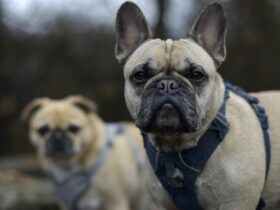
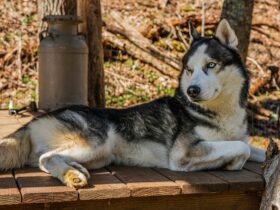
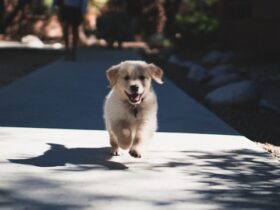
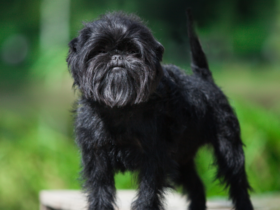
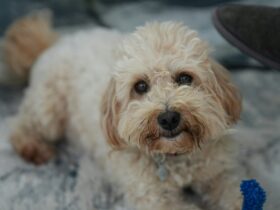
Leave a Reply